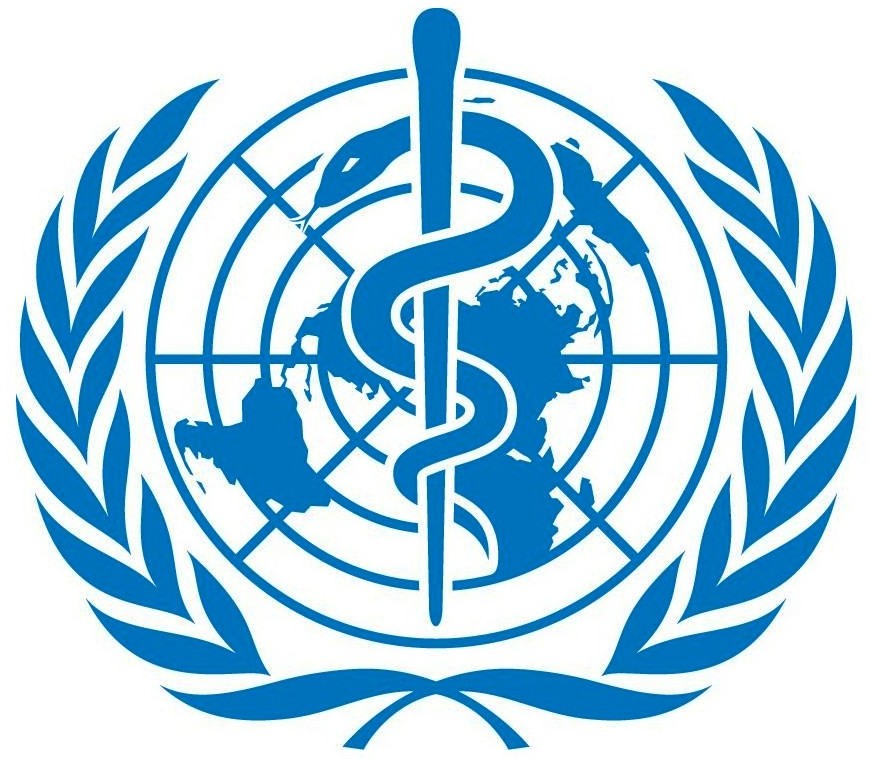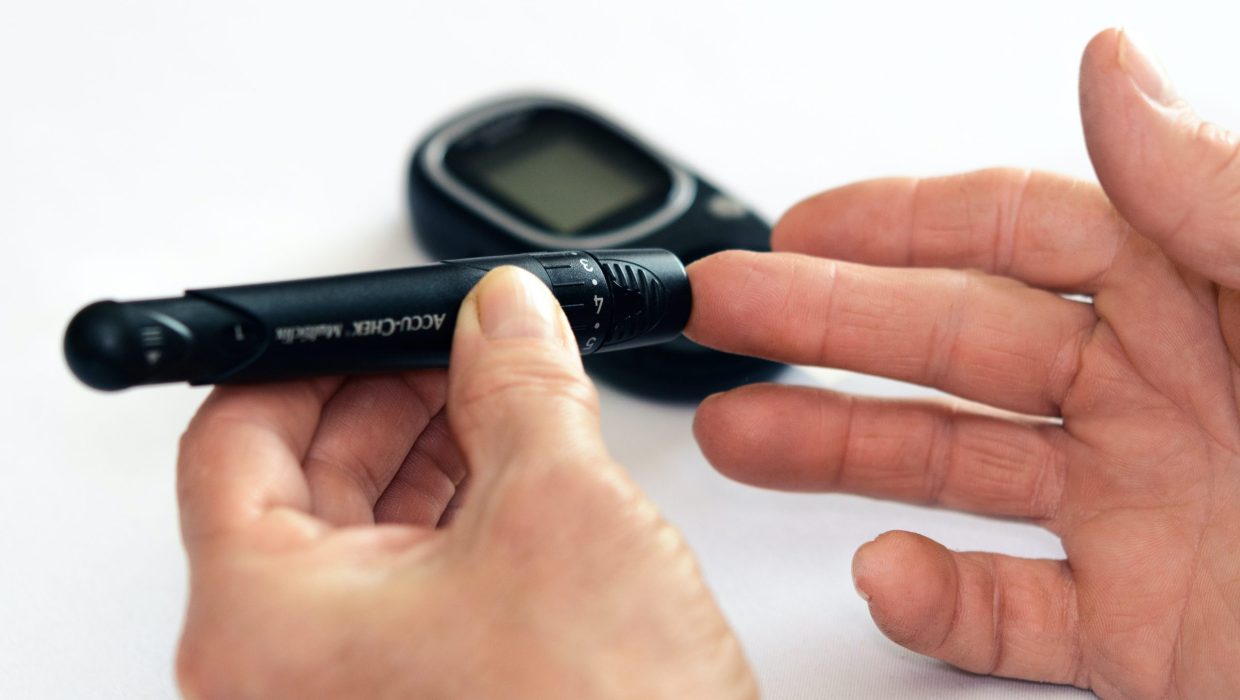World Diabetes Day is celebrated annually on November 14th. It was created in 1991 by the WHO and is intended to respond to the concerns generated by the growing threat caused by this disease.
This day was set in honor of Frederick Banting, responsible for the discovery of insulin in 1922, with a contribution from Charles Best.
A day to remember the disease and what tools and strategies to use to fight it. This date represents the largest diabetes awareness campaign, reaching 1 billion people in over 160 countries each year.


Firstly, it is important to explain what this disease is and then strategies to fight it.
There are three main types of diabetes:
type 1 diabetes: mostly affects children and young people, and concerns the destruction of B cells in the pancreas, which consequently do not produce insulin. This destruction is not necessarily caused by the patient's living or eating habits.
Without the hormone responsible for the passage of sugar from the blood into the cells, the individual is dependent on insulin treatments for the rest of his life.
Type 2 diabetes: the most common of the three, which arises as a result of an imbalance in insulin metabolism.
In addition to a deficit, this type of diabetes creates resistance to insulin, which is why larger amounts of it are needed for the same amount of glucose to enter the cells.


Gestational diabetes: can appear during pregnancy and disappear when it ends. However, on average, half of the women who develop this type of diabetes will have the disease again in the future, but this time, type 2 diabetes.
Thus, these women must take extra care and precautions, maintaining a balanced diet to correct hyperglycemia, and in case of need, resort to insulin to ensure their own well-being and that of the baby.
The consequences can be the pregnancy of babies weighing more than 4 kg at birth, cesarean delivery or miscarriages. Hence, an assessment of fasting blood glucose in the first pregnancy consultation and a PTGO (Oral Glucose Tolerance Test) is performed between 24 and 28 weeks.
There are other types of diabetes, but the three most common are listed above.
Diabetes is a very common, chronic, non-communicable disease. An incurable pathology, but manageable, as long as medical recommendations are followed.
Another characteristic is to be a silent disease, and so, in many cases, people are not aware of the situation they are in.
The main risk factors that we should be concerned about for the development of diabetes are, overweight, a sugar intake and excess fat, O sedentary lifestyle, a genetics, O stress, O alcoholism, story of previous cardiovascular disease, a arterial hypertension and previous gestational diabetes.


![[:pt]clínica cura pura](https://curapura.pt/wp-content/uploads/2017/10/logo-footer2.png)



